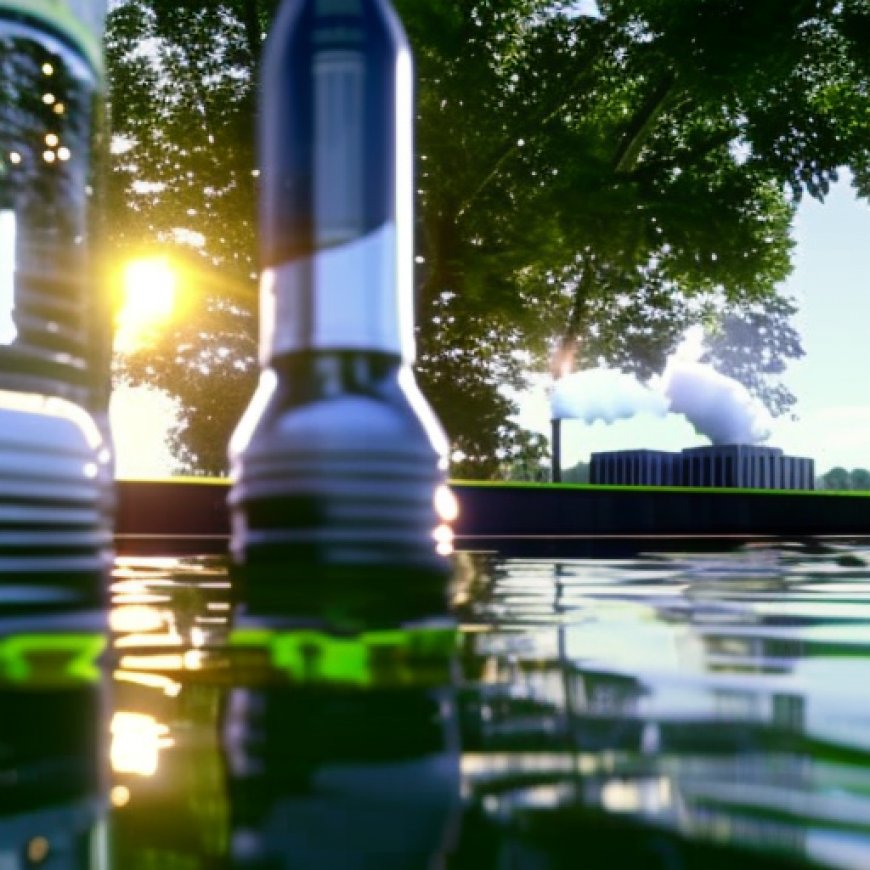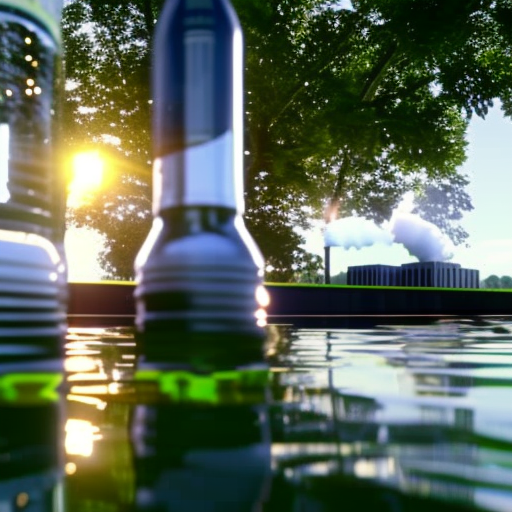EPA launching contamination clean-up to save Des Moines drinking water
EPA launching contamination clean-up to save Des Moines drinking water KCCI Des Moines


The Environmental Protection Agency Launches Clean-Up Efforts in Des Moines
The Environmental Protection Agency (EPA) is taking action to address a significant threat to the drinking water in Des Moines. The city is facing contamination from a dangerous chemical called Trichloroethylene (TCE), which is known to cause cancer. Studies have linked TCE consumption to liver and kidney cancers. Currently, the chemical is contaminating the groundwater near the Raccoon River at Fleur Drive and Bell.
Superfund Site Declaration and National Priority List
On Tuesday, the EPA declared the affected area, known as Lot 46 Valley Gardens, a superfund site. This designation means that it requires immediate attention and clean-up efforts. Lot 46 Valley Gardens has been added to the EPA’s National Priority List, highlighting its significance in terms of environmental remediation.
Monitoring and Potential Threat to Drinking Water
The Iowa Department of Natural Resources has been monitoring the site since 2004. However, recently, the contaminated water has started migrating towards the Raccoon River, which is the source of drinking water for Des Moines Water Works. Despite the current absence of TCE in the drinking water, Ted Corrigan, CEO of Water Works, emphasized that if left unchecked, the contamination could eventually pose a threat to the public water supply.
Industrial Activities and Contamination Sources
The EPA has determined that TCE contamination is not naturally occurring and must be introduced to an area. Corrigan explained that at Lot 46 and several other sites in Des Moines, it is believed that decades of industrial businesses dumping solvents containing TCE, such as paint removers and degreasers, onto the land have allowed the chemical to seep into the groundwater.
Sustainable Development Goals and TCE Contamination
- The EPA’s efforts align with the Sustainable Development Goals (SDGs), particularly Goal 6: Clean Water and Sanitation. By addressing the TCE contamination, the EPA is working towards ensuring access to safe and clean drinking water for the residents of Des Moines.
- The presence of TCE at numerous sites on the National Priority List underscores the need to address this issue as part of Goal 3: Good Health and Well-being. By taking action to prevent TCE from spreading into the drinking supply, the EPA aims to protect public health and reduce the risk of cancer associated with TCE exposure.
- Last year, the Biden administration proposed a ban on TCE, aligning with Goal 12: Responsible Consumption and Production. This ban aims to promote the responsible use of chemicals and prevent further contamination of water sources.
EPA Investigation and Funding
To prevent the spread of TCE into Des Moines’ drinking supply, the EPA will conduct an investigation of the site to develop an appropriate solution. However, this project is expected to take several years to complete. Fortunately, since the EPA is leading the effort, it will be funded by the federal government rather than relying on local tax dollars.
SDGs, Targets, and Indicators
1. Which SDGs are addressed or connected to the issues highlighted in the article?
- SDG 6: Clean Water and Sanitation
- SDG 14: Life Below Water
- SDG 15: Life on Land
2. What specific targets under those SDGs can be identified based on the article’s content?
- SDG 6.3: By 2030, improve water quality by reducing pollution, eliminating dumping and minimizing release of hazardous chemicals and materials.
- SDG 14.1: By 2025, prevent and significantly reduce marine pollution of all kinds, particularly from land-based activities, including marine debris and nutrient pollution.
- SDG 15.3: By 2030, combat desertification, restore degraded land and soil, including land affected by desertification, drought and floods, and strive to achieve a land degradation-neutral world.
3. Are there any indicators mentioned or implied in the article that can be used to measure progress towards the identified targets?
- Indicator for SDG 6.3: Level of water pollution, measured by the presence of hazardous chemicals such as Trichloroethylene (TCE) in groundwater.
- Indicator for SDG 14.1: Level of marine pollution from land-based activities, measured by the contamination of the Raccoon River with TCE.
- Indicator for SDG 15.3: Level of land degradation and soil contamination, measured by the migration of TCE-contaminated water towards the Raccoon River.
SDGs, Targets, and Indicators
| SDGs | Targets | Indicators |
|---|---|---|
| SDG 6: Clean Water and Sanitation | 6.3: By 2030, improve water quality by reducing pollution, eliminating dumping and minimizing release of hazardous chemicals and materials. | Level of water pollution, measured by the presence of hazardous chemicals such as Trichloroethylene (TCE) in groundwater. |
| SDG 14: Life Below Water | 14.1: By 2025, prevent and significantly reduce marine pollution of all kinds, particularly from land-based activities, including marine debris and nutrient pollution. | Level of marine pollution from land-based activities, measured by the contamination of the Raccoon River with TCE. |
| SDG 15: Life on Land | 15.3: By 2030, combat desertification, restore degraded land and soil, including land affected by desertification, drought and floods, and strive to achieve a land degradation-neutral world. | Level of land degradation and soil contamination, measured by the migration of TCE-contaminated water towards the Raccoon River. |
Behold! This splendid article springs forth from the wellspring of knowledge, shaped by a wondrous proprietary AI technology that delved into a vast ocean of data, illuminating the path towards the Sustainable Development Goals. Remember that all rights are reserved by SDG Investors LLC, empowering us to champion progress together.
Source: kcci.com

Join us, as fellow seekers of change, on a transformative journey at https://sdgtalks.ai/welcome, where you can become a member and actively contribute to shaping a brighter future.







